A continuation of the 31st episode, here’s the second batch of tips from martial arts experts that are equally valuable as the first.
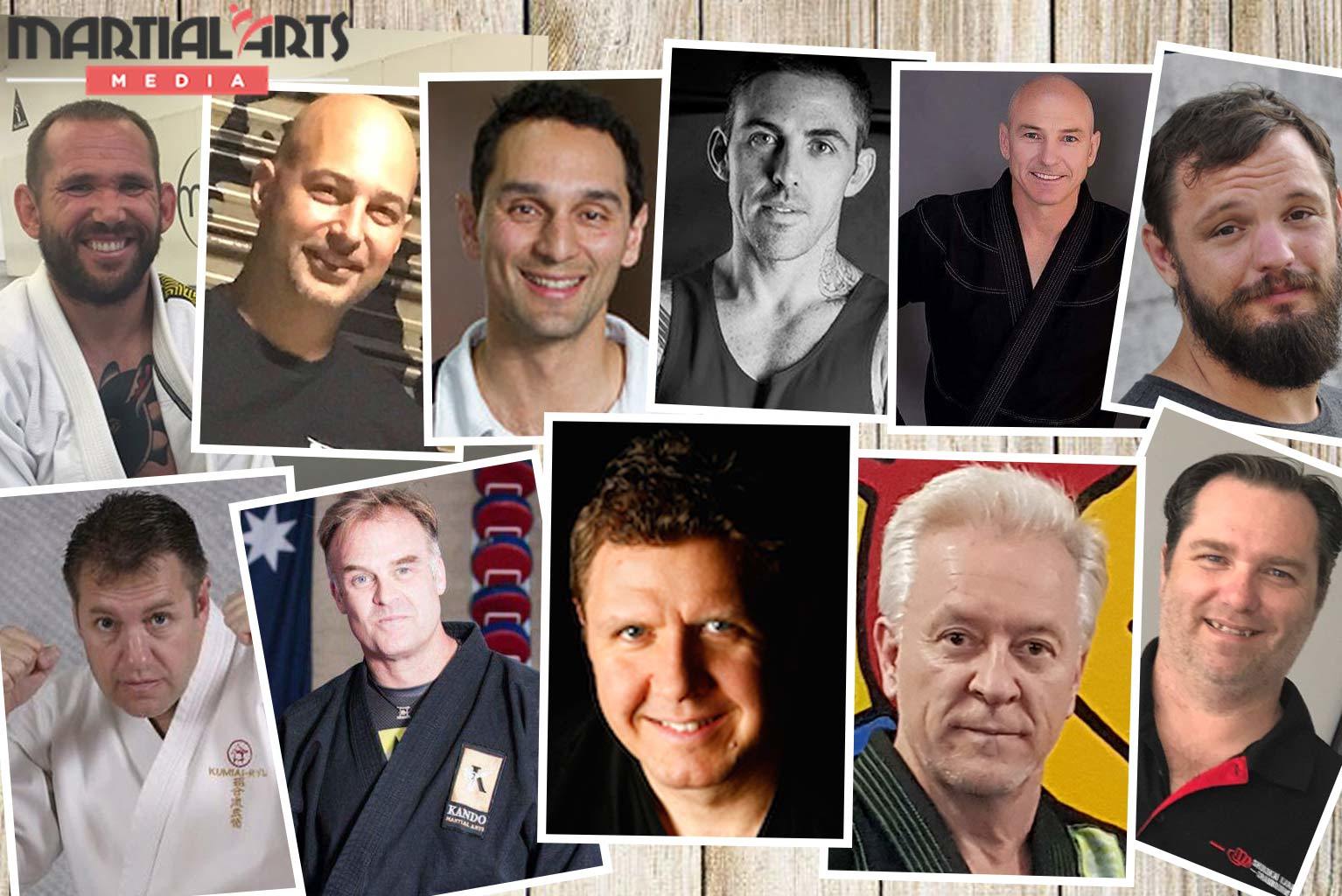
IN THIS EPISODE, YOU WILL LEARN:
- How traveling can help widen your knowledge in running a martial arts club
- The benefits of hiring top-level instructors to teach at your martial arts school
- The importance of marketing and matching it to the right prospect at the right time
- The advantages of having your school accredited by the government
- Why it pays to invest on your martial arts premise and facilities
- How to overcome tall poppy syndrome
- And more
*Need help growing your martial arts school? Learn More Here.
TRANSCRIPTION
Commit to your passion: if you want to succeed with your martial arts business, just go all in focus on that.
Hi, this is George Fourie and welcome to another MAM Business Podcast, episode number 32. And we are continuing from last week. Last week’s episode, which was 25 tips, 25 tips for martial arts business owners from industry experts, part 1. And this week, we're going over to part 2. So we are working our way through episodes number 15 to number 30 and we’re going to be covering tips from those. So, as always, you can find the show notes on martialartsmedia.com/32, the number 32. And that’s it. I’m going to jump straight into part 2.
26 – Get out of your comfort zone, travel, and train with people that are at a much better level than you.
Starting out with number 26, Justin Sidelle, who is one of the head coaches at Bali MMA. And if you want to go take an awesome tropical holiday combined with awesome training with top-level martial artists, Bali MMA should be on the top of your list. For me, it’s again, here in Perth, where I’m based, it’s a really quick holiday, it’s a bit of a common holiday to go to Bali, because everybody just does it and it’s cheaper to get on a plane and go to Bali for a weekend, then to drive down south a few hours. So it’s a very common holiday, but it’s a very diverse place. And you can have multiple experiences: if you’re into surfing, awesome beaches, awesome surfing, there’s great shopping, there’s great entertainment, and of course, Bali MMA.
So if you want a very diverse holiday on a tropical island, put this on the top of your list. You’ve got Justin Sidelle, who’s one of the head coaches – I believe it was started by two brothers, Anthony and Andrew Leone and you also have Tiffany Van Soest, who is an undefeated glory world kickboxing champion, Muay Thai champion and the tip of that would be, something that Justin Sidelle mentioned in the interview was, when Tiffany walks onto the floor, everybody shuts up and listens and takes note. And training with her just lifts the game and lifts the level of everybody on the mats.
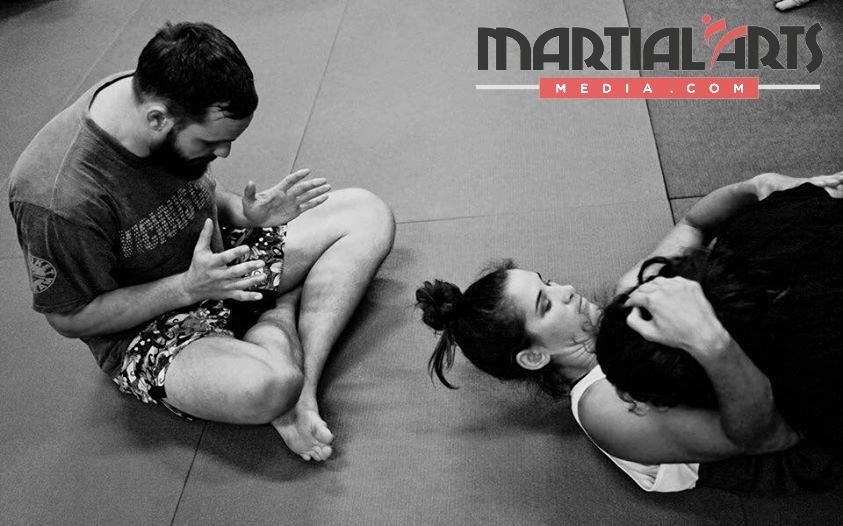
So that would be the tip: go train with people that are at a much higher level than you, get out of your comfort zone, travel, and train with people that are at a much better level than you and obviously learn from that. And I know that’s something most martial artists do, but hey: go do it on a nice tropical island, why not?
27 – Give back to the community.
Number 27, something that’s a big part for Justin and their team, is to give back to the community. And they work with a couple of orphanages and do a lot of donations and do a lot of community work as well. They’re living in the tropics and they are giving back to their community.
28 – Hire top level instructors to teach at your martial arts school.
Alright, moving on to 28 was from episode 17 with Con Lazos, and the topic was recruiting externally. You know, most martial arts school owners rely on grooming students to become their instructors, to become their first black belt, but if you don’t have time for that, Con’s suggestion is, get people that already have a following, or an established top level instructors and recruit them to start teaching at your school. And one of those people that do teach at Con Lazos’ school is Richard Norton, who has featured in multiple and multiple movies and then his home ground when he is based in Australia. That was tip number 28.
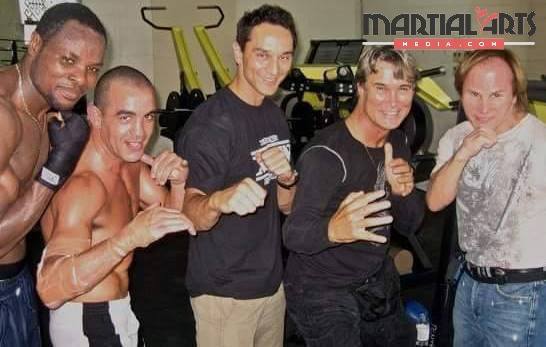
29 – Groom students to be the best versions of themselves.
Number 29, groom students to be the best versions of themselves. So invest into your students to become the best person they can and that is through education, through teaching them how to be a better instructor and all the rest.
30 – When things get tough, believe in the technique.
Alright, number 30 from episode 18: Paul Schreiner. And Paul Schreiner is a head coach for Marcelo Garcia Academy in New York. The tip was, when things get tough, believe in the technique. If the technique is going to work, it’s going to work against anyone. It’s not going to fall apart, even if your opponent is bigger and stronger than you. And Paul was put onto me by Jess Fraser, who trained at Marcelo Garcia Academy and Jess obviously travels all over the world and trains with a lot of people and the one thing that stood out for her, was Paul, his coaching ability and his ability to communicate martial arts in a systematic way that’s easy to understand and grasp and learn from. And his take on jiu-jitsu, the idea that you’re working towards is perfection, this excellence perfection that isn’t attainable, but the excellence, the near perfection is something that we can experience and just try to sharpen ourselves. I really liked that, that was awesome.

31 – “Jiu-jitsu is the marriage or the union of two things: the technique and the will to win.”
All right, 31 on coaching: as a governing principle, I’m always trying to strip down, rather than elaborate whatever I’m doing. A lot of times, in the past, I was given credit I didn’t deserve as a good coach. When I’m looking back, I don’t think I was, because I was a good explainer of moves. And I think that’s almost one of the least important things about coaching now: being the teacher, being the explainer of moves. It’s more about getting your student to be able to do it and understanding how the moves connect and the art of redirecting your opponent's attack against them. And a cool quote from BJ Penn: jiu-jitsu is the marriage or the union of basically two things: the technique and the will to win. Alright, awesome.
32 – Invest in your own premises and property.
Number 32: episode number 19, with Fari Salievski. This was the second episode with Fari: use your martial arts business as an avenue to invest in other things, such as your own premises and property.

33 – If you’re not doing recurring billing, get onto that.
Number 33, the start of the recurring billing in Australia and how essential it is to your business.
Number 33, if you’re not doing recurring billing, get onto that. This episode was a lot about the start of how recurring billing started within Australia and how Fari spearheaded that movement.
34 – Keep your marketing simple, don’t hype.
Number 34: keep it simple, don’t hype. Try and minimize your debt, minimize unnecessary expense.
35 – Don’t let the tall poppy syndrome get you down.
All right, number 35, episode 20 with Kevin Blundell: big topic, hard to combat tall poppy syndrome. And I’m lining up an interview with, this is going to be a big topic because it’s funny how the world works: when you’re successful, everybody wants to drag you down and wants to insult you and criticize your technique and criticize your business and you’ve gone McDojo. Everybody would rather almost see you fail or be mediocre in a way. And a big topic was getting over that whole tall poppy syndrome. Don’t let the tall poppy syndrome get you down and move at your own pace, do what’s right for you, your students and your family.
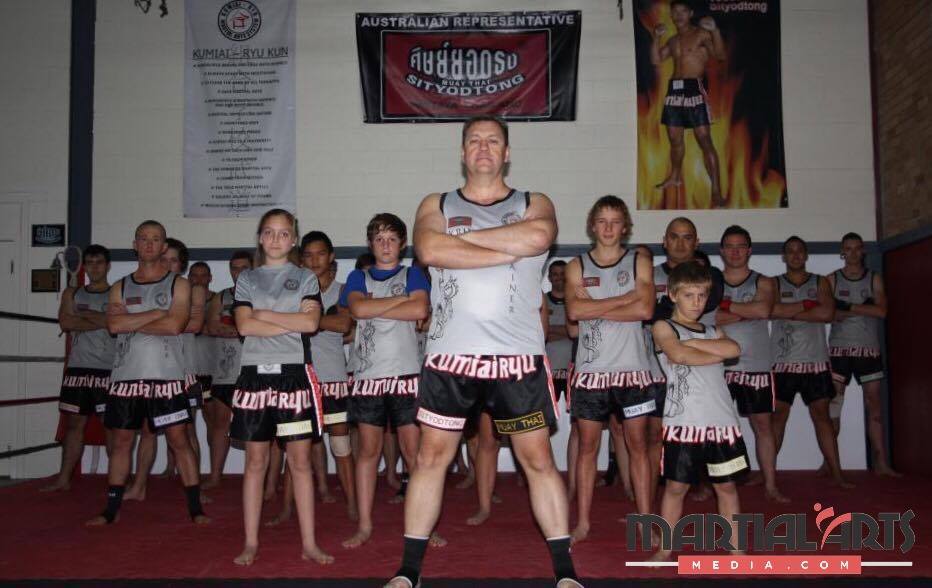
36 – Undersell your membership but over-deliver.
Number 36: undersell your membership but over-deliver.
37 – Have your school government accredited.
Number 37: government accreditation creates credibility and a point of differentiation. That’s a strong one, especially if you’re surrounded by schools that are kind of backyard schools, and look, hey, this is not a negative if you’re starting in a back yard. It depends obviously on your goals and what you want, and maybe it’s a stepping stone for you. But if you want a point of differentiation and that’s what this podcast is about, about giving you that edge, then why don’t you go for something like that. Why don’t you get a government accreditation and have something to show that you are qualified to work with kids and manage kids within your facilities.
38 – Remove trial intros completely and replace it with paid trials.
Number 38, remove trial intros completely to simplify the onboarding process and replace it with paid trials. One thing that Kevin and his team at Kumiai Ryu do not do is free intros. They do not a free intro at all, they offer a paid trial system, normally $49 for two weeks and that is their trial. The trial is, pay and train and work on the conversion from that point.
39 – Match your marketing message to seasons celebrations.
Number 39 was by myself and I spoke a bit about, match your marketing message to seasons celebrations, and this is something that Paul Veldman already actually covered. I want to extend on that and the tip would be, one marketing channel is not enough. And Dan Kennedy is a top copywriter that always used to say, one is the most dangerous number in business because remove one and you have nothing. Have two, and you still have something. I would say, don’t put all your eggs in one basket, because if that basket goes, what have you got left? What have you got to fall on? Have multiple channels of marketing happening that you can rely on.
Yes, it’s good to focus, obviously put your focus on what’s hot, Facebook marketing. Which is hot right now, but make sure you have backups. Because they’re not always going to be running smoothly as well. You might be running a great campaign this month and it dies off a bit, so when you have multiple avenues of marketing happening, then you’re always covered for the downtime in whatever channel it is that you’re working with.
40 – Keep your marketing message clear and concise.
Number 40, keep your marketing message clear and concise. Use strict deadlines with your offers, time and date. If you say something ends tomorrow, make it 5 pm tomorrow. Be strict on your deadlines.
41 – Bigger profits equals better facilities, better equipment, and a better service.
Number 41 from episode 23, Fari Salievski: bigger profits equals better facilities, better equipment, and a better service. And I’ll recap back to episode 20, where Kevin Blundell mentioned, if you are earning one dollar, you are in business. The backend of the conversation was, a lot of people charge $5 a class, or $10 a class, or they don’t charge a premium. But at the end of the day, when you’re charging a dollar versus a $100, you are in business.

And when you are in business and you’re providing a service, now you have an obligation to deliver, because somebody is paying for this service. So why not charge a decent premium and deliver a better service with better facilities, whatever it is that you do, upgrade your equipment, provide more staff on the mats, be able to do more with the bigger profits that you are making and provide a better service, which leads to better retention.
42 – Check your statistics.
Number 42, check your numbers. Are you paying up to $1500 per phone call to retrieve lost funds through your billing company? So keep a good eye on your numbers.
43 – Own your digital assets, your own website.
Number 43, from me on episode 24: own your digital assets, your own website. If knowledge is slowing you down, grab a page builder to speed things up, so don’t let it be the stick in the wheel. If you’re struggling to get going with your marketing, just do something, get something going. But at the end of the day, you want to be building assets and as you build assets in your business with equipment and facilities and location, you want to be doing the same with your online properties.
And the best way to do that is to focus on putting content, premium content on your website. Yes, they should go on Facebook and all these social channels, but your website is yours and it’s the one things that are going to be constant. Social media channels might come and go, their popularity might come and go, but your website, as long as your business is there, you’re going to have your domain name and that’s where you should be putting primary content.
44 – Ensure your marketing message is matched to the right prospect at the right time.
Number 44, episode 25: make sure your marketing message is matched to the right prospect at the right time. Are they ready for your offer, or are they not sold on martial arts yet? So we do a lot of this in our coaching, where we talk about the different levels of the buying cycle, where a person is at. And sometimes, a person is not ready for your offer. It’s great to go directly for the offer, but depending on your market and how people feel about martial arts, or if they’re not familiar with your brand, your marketing is going to have to stretch a bit further than just that offer. You’re probably going to have to put a lot more content out, to get, to sway people on the benefits of martial arts and to point out the problem that they have that martial arts can solve.
45 – Why not run a martial arts open day for an hour only?
Number 45, number 26, Darryl Thornton: run a martial arts open day for an hour only. And this focuses on the power of having an event based marketing them. Think about you running an open day and it’s 5,6 7, 8 hours long. Your staff start off on a high energy and then their energy drops and all of a sudden, you have people rock up when their energy is low, so there no structure into how things are happening, because people are arriving at different times, and unless you have a super sequenced structure for a solid 8 hours, people are just going to arrive at the wrong time for the wrong thing. So having an event based, where it starts at a certain time, everybody gets there at the same time, it follows a structure, and then at the end, you are able to present an offer. And that is how Darryl received more than 70 sign up son the day of his open hour.
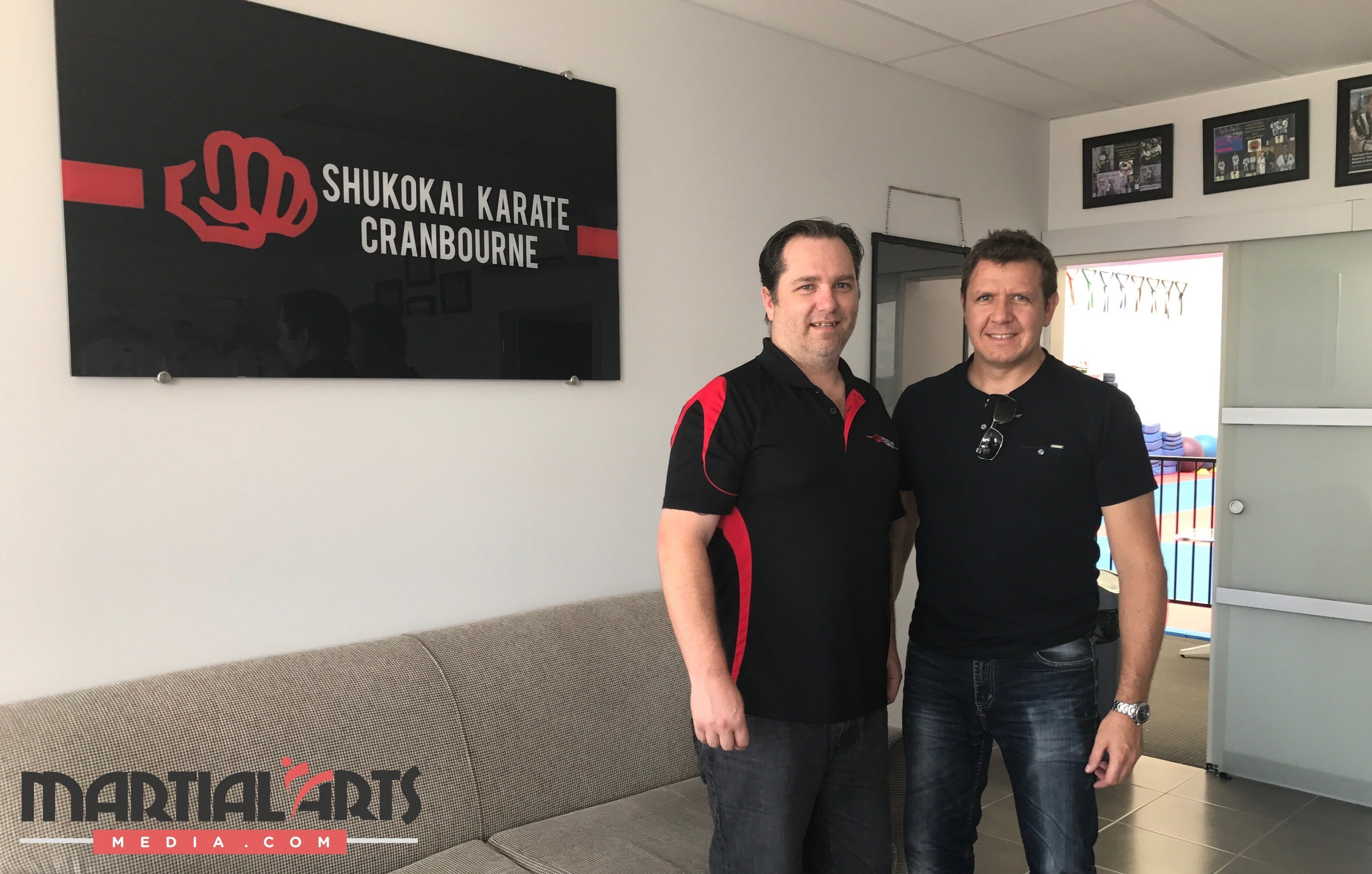
46 – Travel and widen your martial arts knowledge and skills.
Number 46, travel and grow your martial arts knowledge by experience in a different country with a different culture and widen your knowledge.
47 – Incentivise your prospects or students to the next level.
Number 47, Paul Veldman for the second time on the martial arts media business podcast: incentivise your prospects or students to the next level. If they take a paid trial, what is their reward for signing up now to create urgency? In their case, what they were doing, what they do is, remove their joining fee and if they do that within a certain amount of time, within their trial period, then they will waive the joining fee and that way creates a bit of urgency.
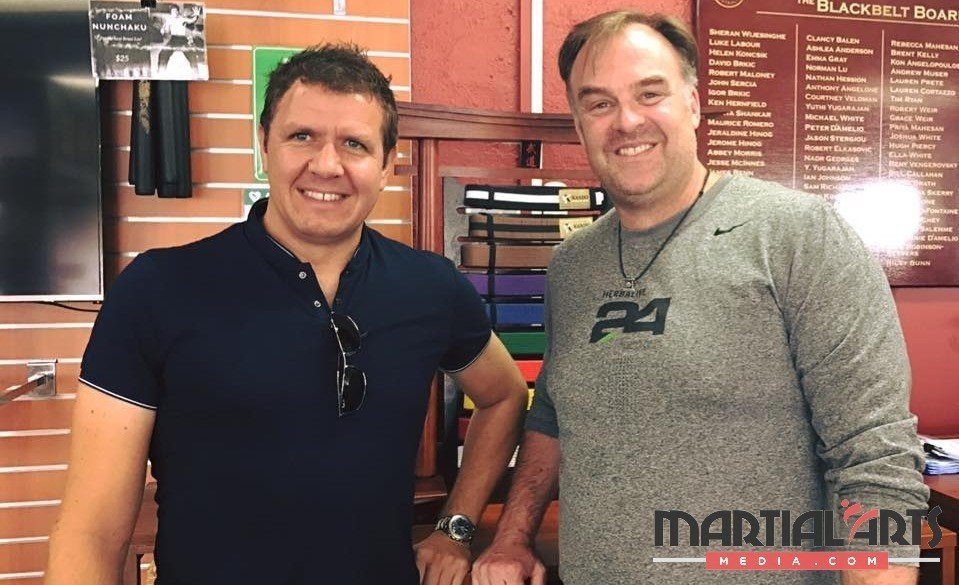
48 – Reward your existing students with lock in prices.
Number 48, reward your existing students with lock in prices. This is something that was taught to Paul Veldman by Ridvan, Master Ridvan Manav from Australian Martial Arts Academy in Sydney. The concept is rewarding your existing students by locking in their membership fees. So whatever that fee was that they joined at, lock it in at that price and make it known that they are being rewarded for being a member by keeping the price the same. And that way, when people want to think about maybe quitting, sometimes they’re going to stick it out over that hurdle because they’re thinking, well, I might want to come back, but if I come back, it’s going to be more, and it just keeps people a bit more committed to their martial arts journey.
49 – Value reputation over money.
Number 49: reputation first, dollars second.
50 – Make sure that your branding resonates with your target market.
Number 50, episode 28, Matt Ball: make sure that your branding resonates with your target market. And the conversation started where the branding was all focused on a fighter type image, with skulls and everything and then they had a look back and after working with Dave Kovar and his team, they had a look back and realised that it’s not really something that’s going to gel with the mums and to bring in kids and so forth. So they changed all their branding and made sure that it resonates with a family environment. So for you, depending on what type of gym and school you run, make sure that your branding resonates with the image that you are trying to project out to the public.
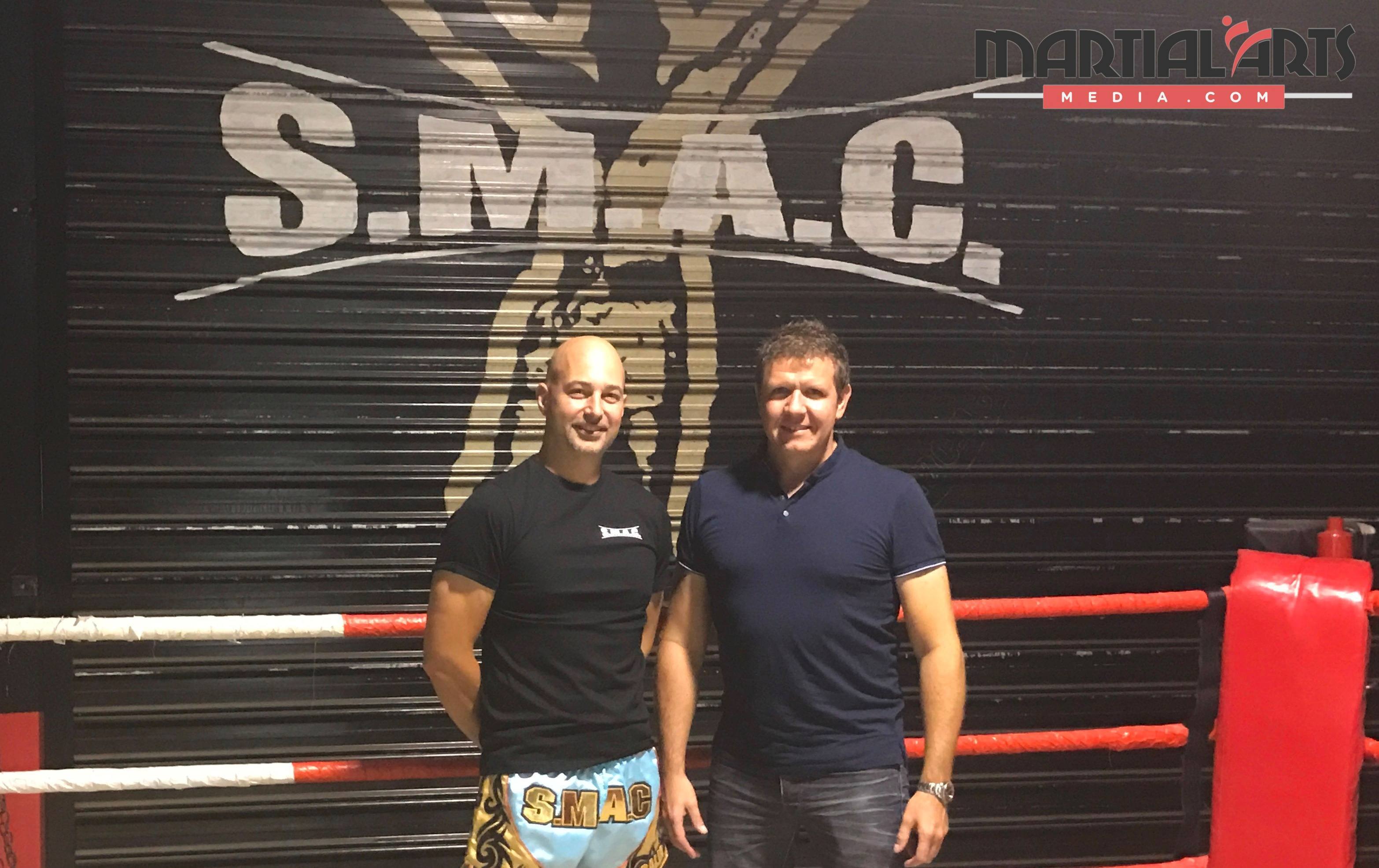
51 – Don’t turn your Dojo into a McDojo.
Number 51, if you associate success with a sleazeball salesman, you will never push yourself and potentially sabotage your success when it gets in reach. That’s a deep topic because I hear a lot of people talk about that and say, you know, we’re just starting out and we want to be successful, but I don’t want to turn into a McDojo, I don’t want to be ripping people off. And it’s this kind of attitude, that it is noble to not be successful, it’s noble to not charge for the service that you provide. And at the end of the day, martial arts changes lives. It should be a lot more expensive, if people know the benefits, it’s life changing.
I don’t think anybody should be ashamed about charging a premium, whatever that is within reason. I mean, look, there’s probably people that do rip people off, but I think people are too quick to jump to the McDojo conclusion and at the end of the day, I think it would rob you from yourself of being successful, because now you think, well, the minute I start making money, I’m going to be a McDojo. And everybody thinks I’m going to be McDojo.
By having that association, you end up sabotaging your success. And I’ve read something interesting in a book the other day, that we do everything for status. And the first part of it was, hang on: I don’t think so, I don’t do things for status. And because you think people do things for status, as in a way to have a fancy car or look good, but the reverse side of it is, people do things for status because they also don’t want to look bad. You don’t want to look like you being the loser as well, so status goes both ways. And a lot of people do things for status, so it’s a deep topic and I’m actually going to do an interview with someone next week, hopefully, but if it’s not next week, the week after. But we’ll go deep into this topic, about the association with success.
52 – Commit to your passion.
Number 52, episode 29, Stuart Grant: commit to your passion. If you want to succeed with your martial arts business, just go all in focus on that and make that work. And importantly, make sure that you’ve got your family on board with you, your partner, your wife, your loved ones. Make sure that they know that this is what you’re going to be doing, that they know there’s going to be a few obstacles to come through to go through, but this is the journey that you’re going to take and commit to it, go all in and work towards that success, which Stuart Grant does. Just go have a look at episode 29 and go look at the video tour of Westside MMA, it will blow your mind, it’s fascinating.
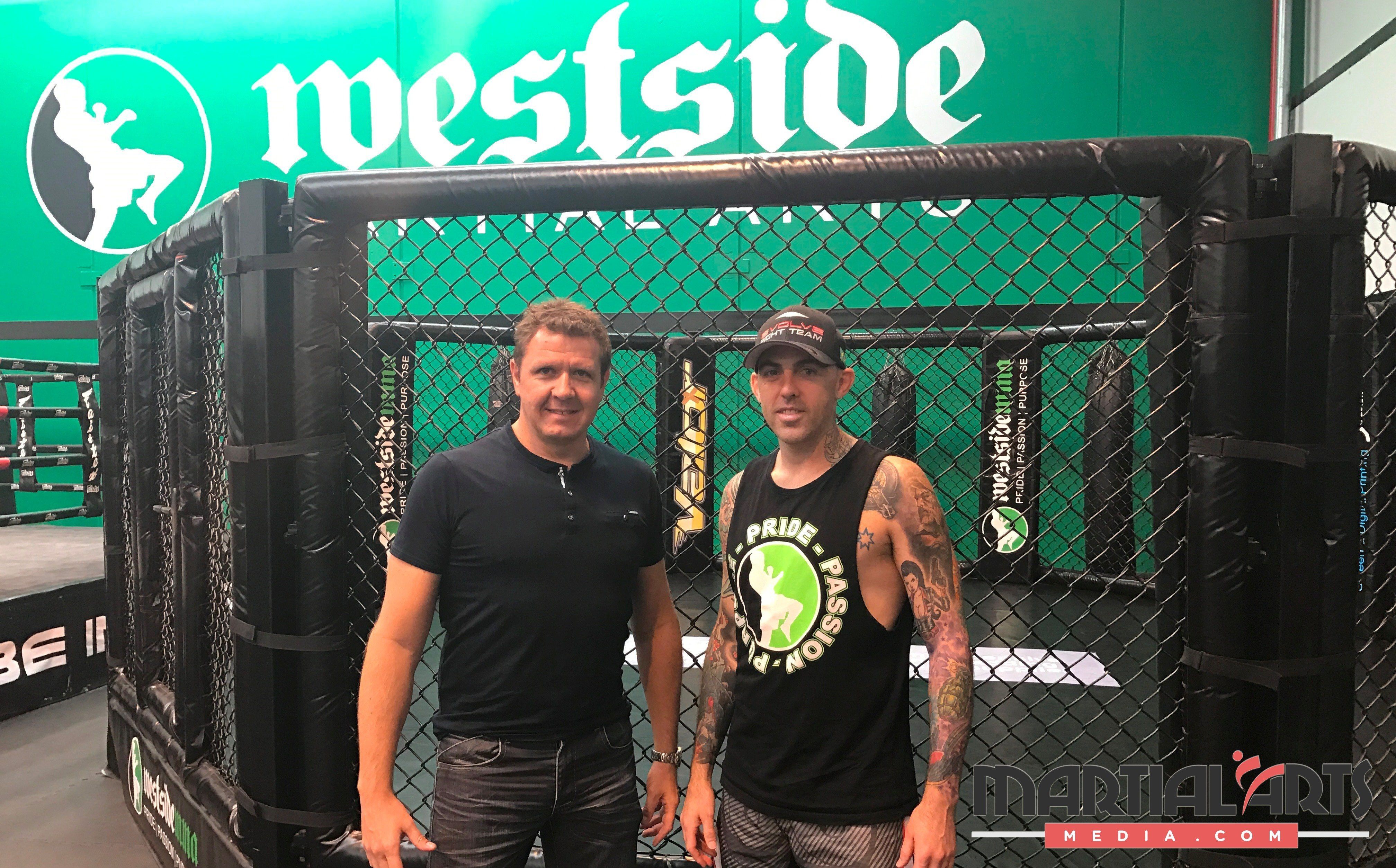
53 – Study marketing.
Alright, 53: study marketing. Stuart actually learned the skills of Google AdWords and Facebook marketing himself and this is something that not a lot of people take on and I take my hat off to him, especially the Google AdWords side, because I think you’ve got to be quite technical minded and you’ve got to really commit to learning these skills. Study marketing and look: if you need help with that kind of stuff, whether it’s hard to do it, you need some advice about it, or you’d like it done for you, then hit us up. Go to martialartsmedia.com and get in touch with us and see if we can help you with what you want to achieve. Moving on to the last episode and the last two tips.
54 – Travel and get yourself educated.
Number 54, Matt Wickham: if you’re not getting the martial arts coaching in your town, get in a car, drive. Get on a plane, and if you have to, it doesn’t matter where you have to travel, get yourself educated. If you’re not getting the education you need where you are, it’s time to broaden your horizons, start traveling. Go visit Bali MMA, go visit matt in Echuca. Go travel to an event and get educated.
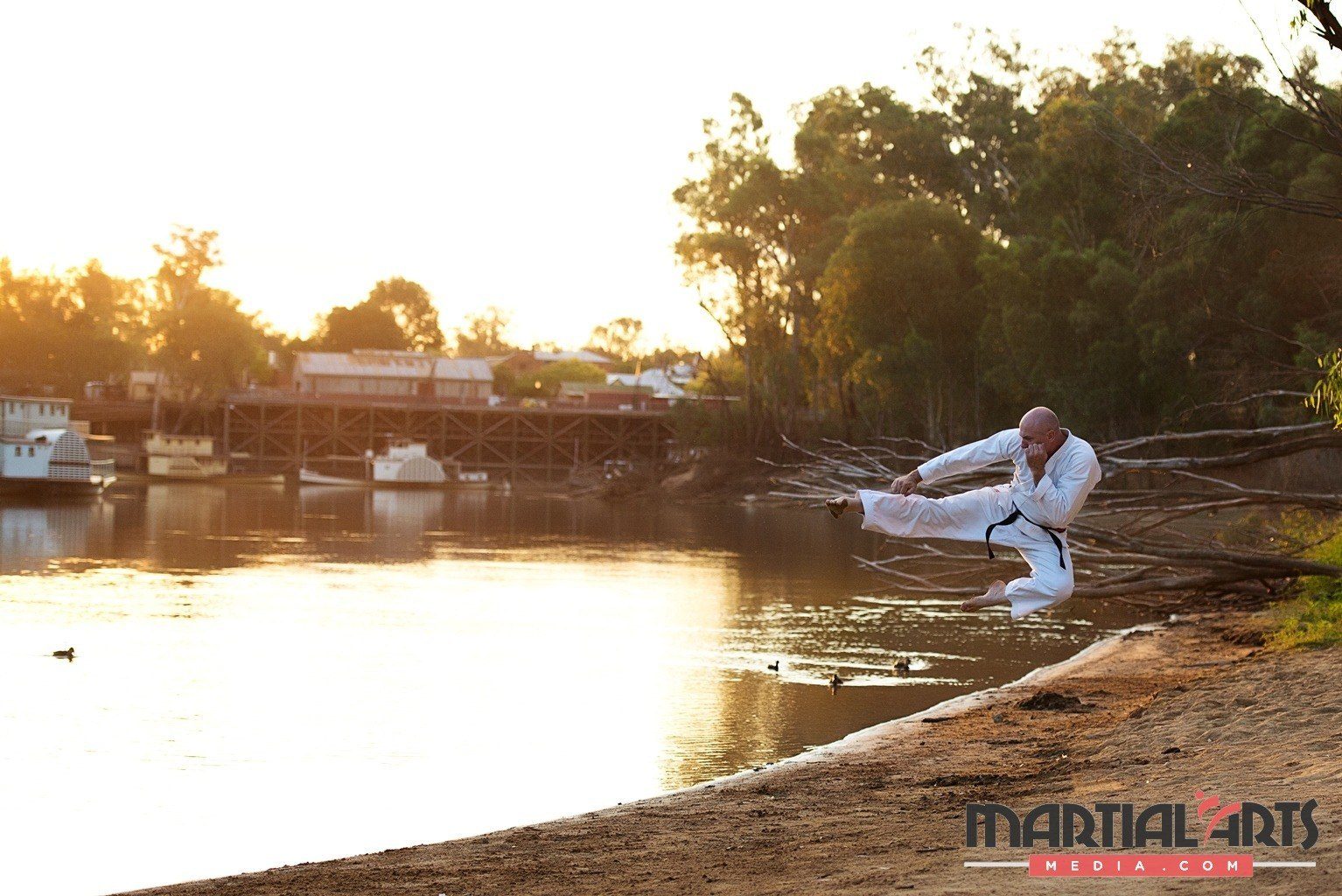
55 – Travel changes your perspective.
Alright, and the last one, 55: travel changes your perspective. It probably goes hand in hand with 54 and why not invite top martial artists to your school, so that your students get the same education. So if you’re not going to travel, make a plan. See what’s already happening. If a top name is traveling close by to your area, see what deal you can do. Maybe you can save some money and get top training at your location. And as the saying goes, a rising tide lifts all boats.
There we go. I hope you enjoyed the top 55 tips from martial arts business owners and experts. For show notes, go to martialartsmedia.com/32 and I look forward to being back next week, I’ve got a great interview, a few great interviews lined up, so I look forward to that. I’ll be back with you soon, have a great week, chat soon – cheers.
*Need help growing your martial arts school? Learn More Here.
Enjoyed the show? Get more martial arts business tips when you subscribe on iTunes for iPhone or Stitcher Radio for Android devices.


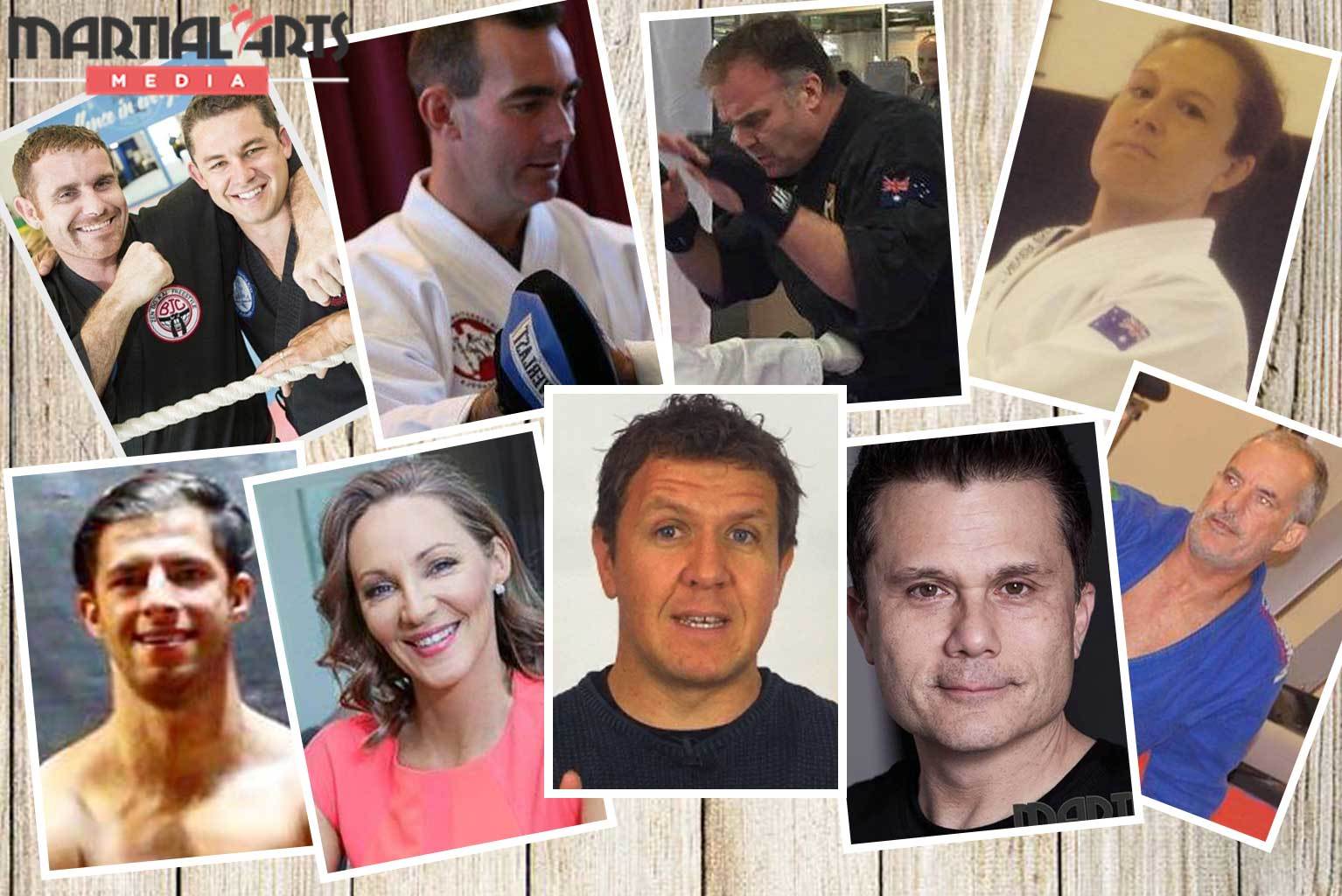
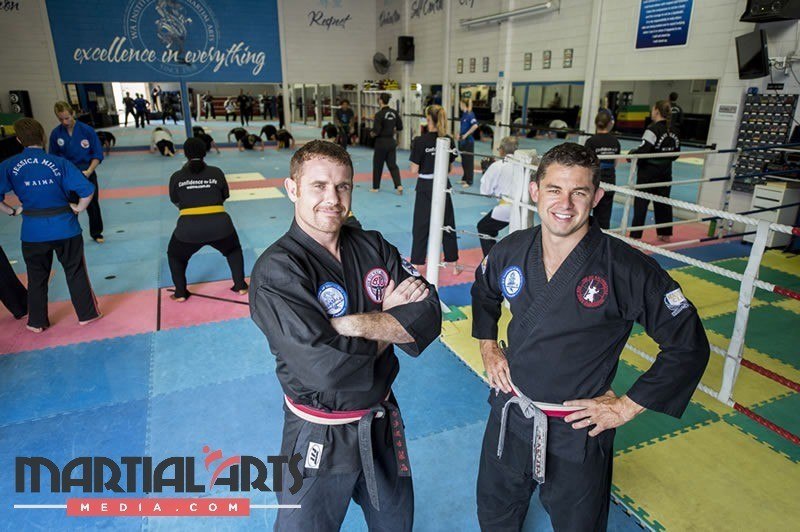

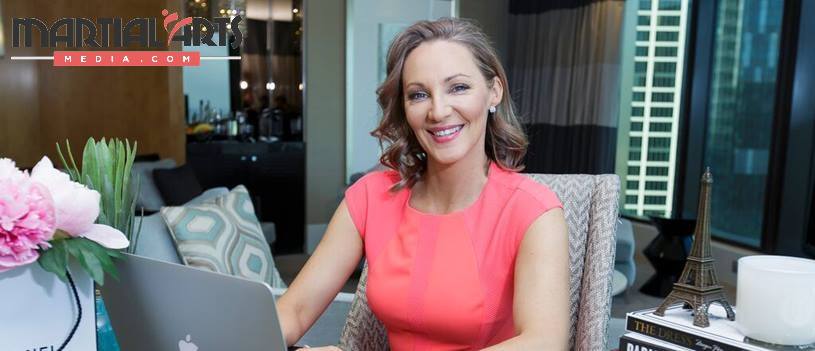
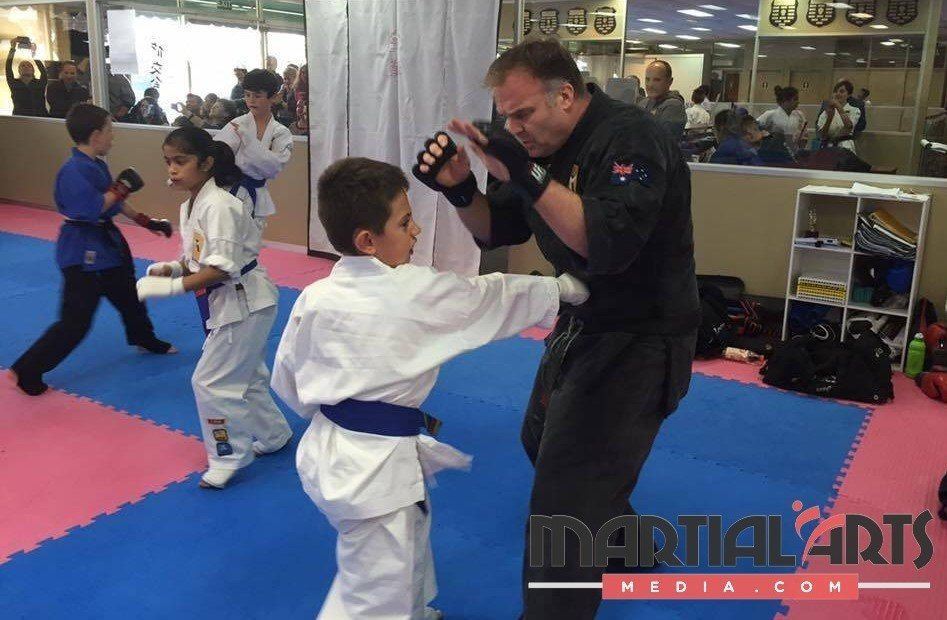

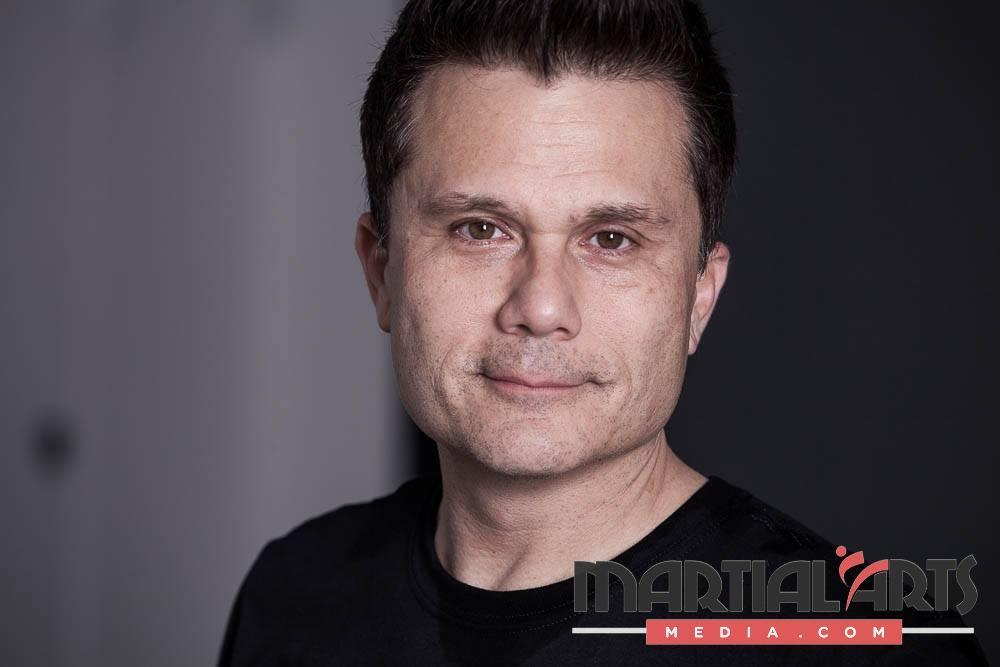





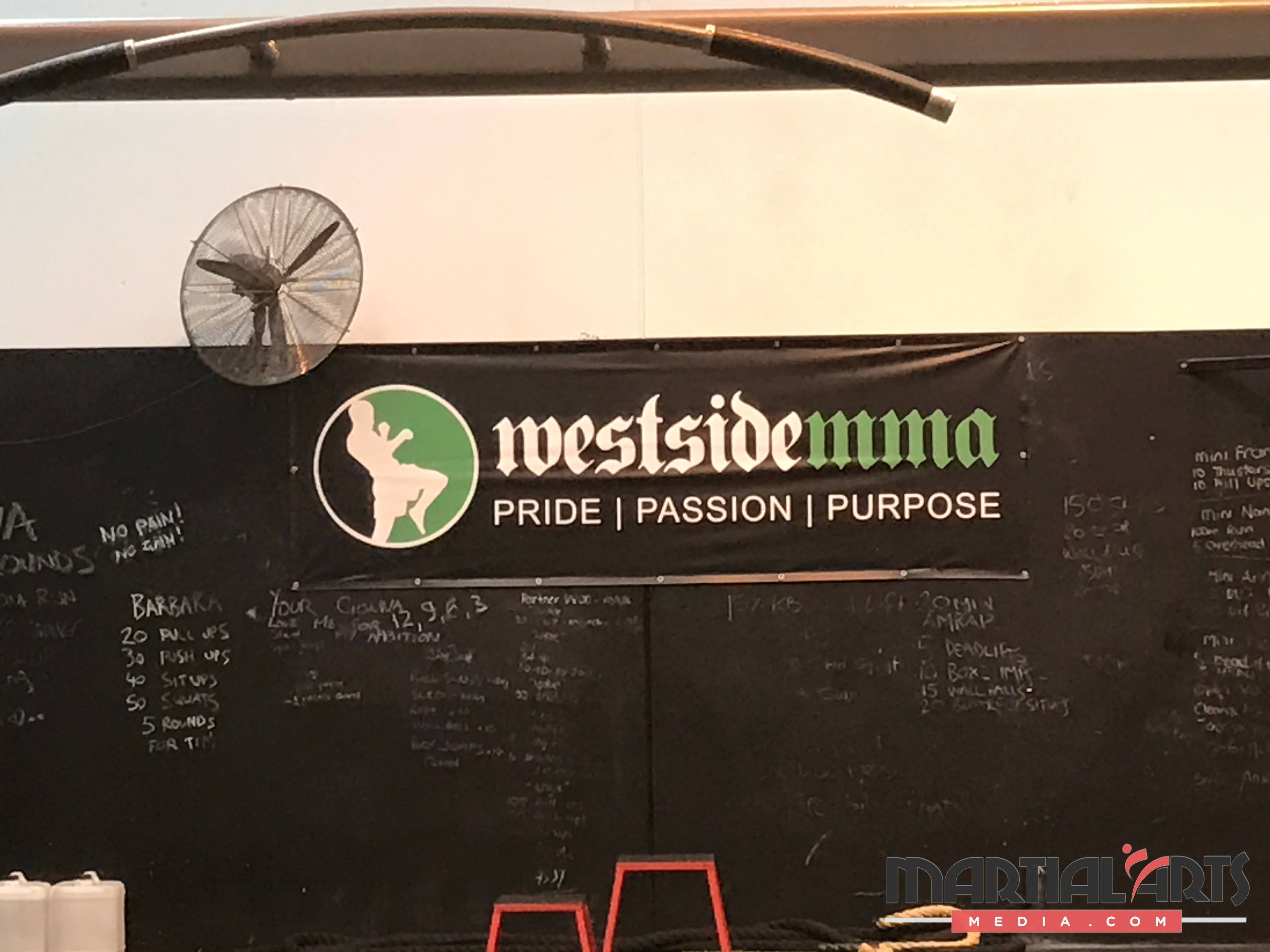

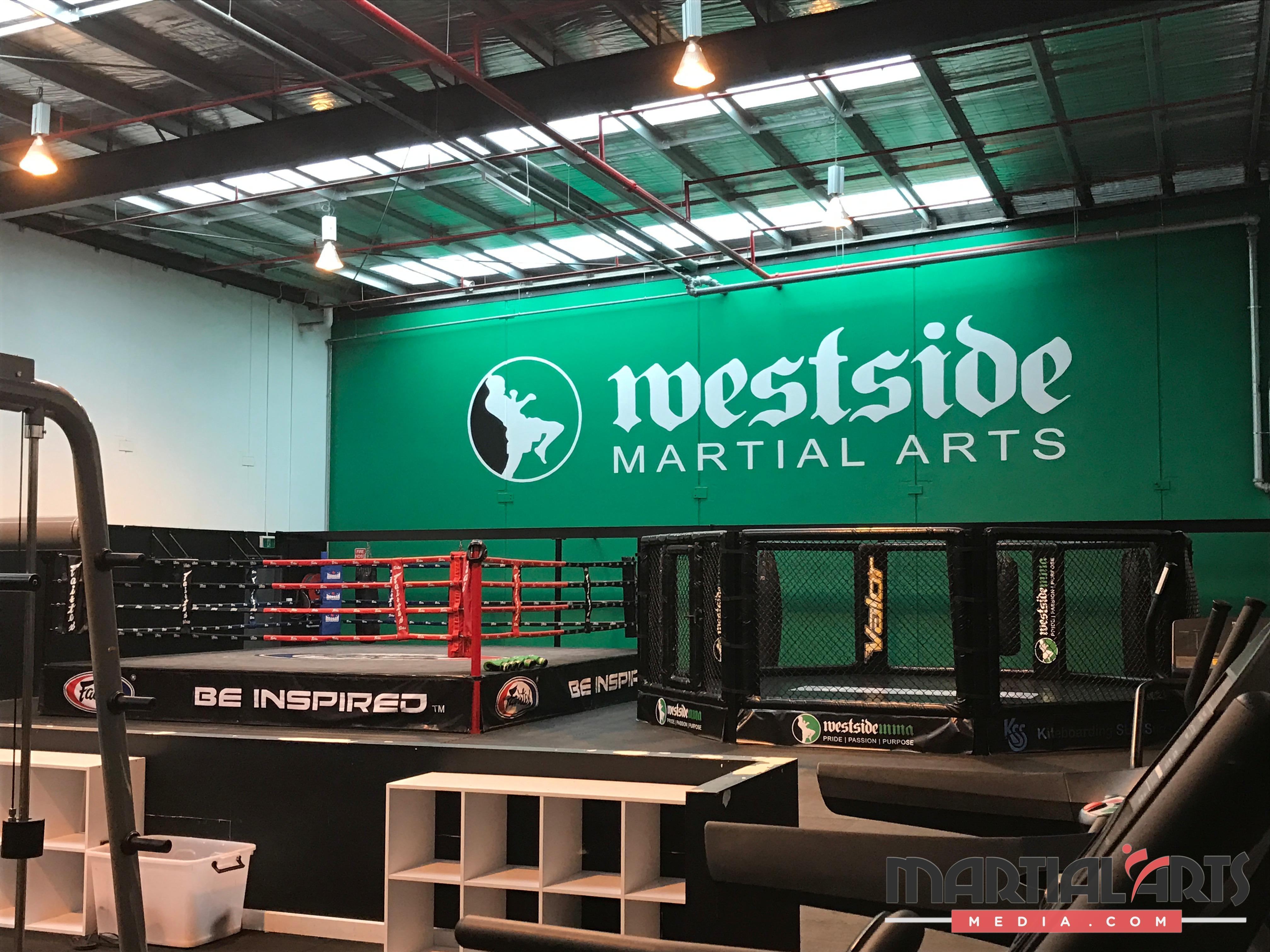
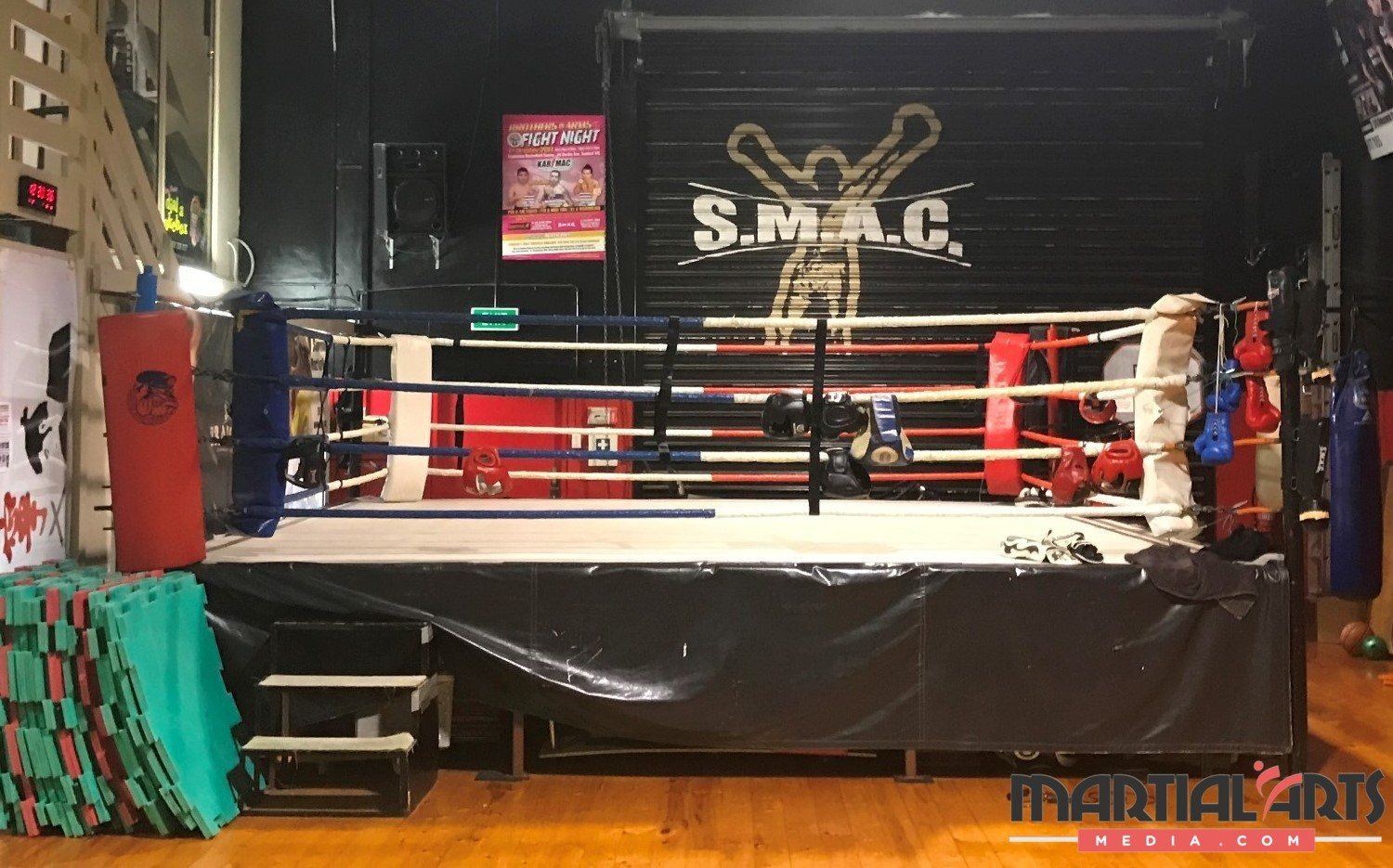
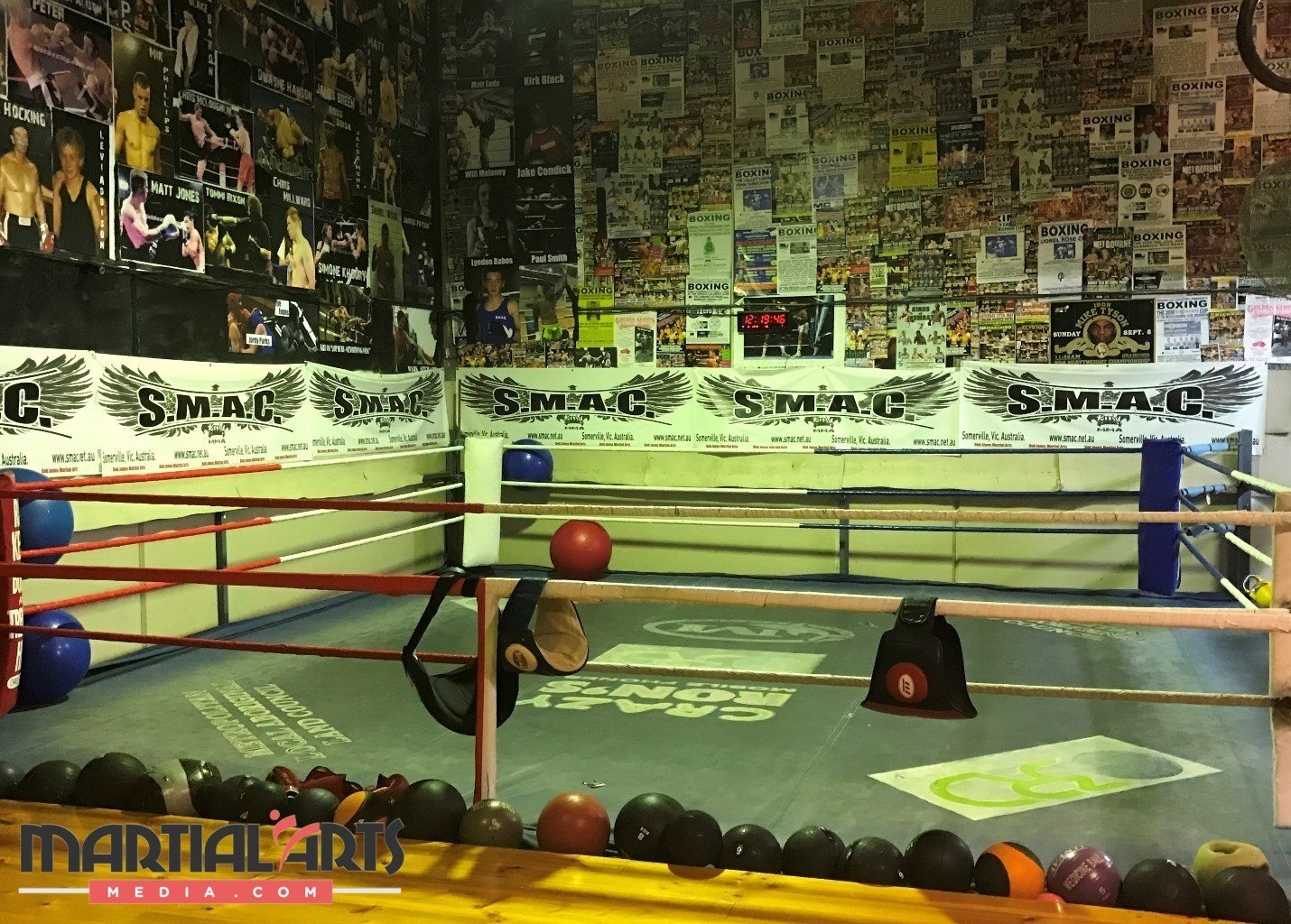
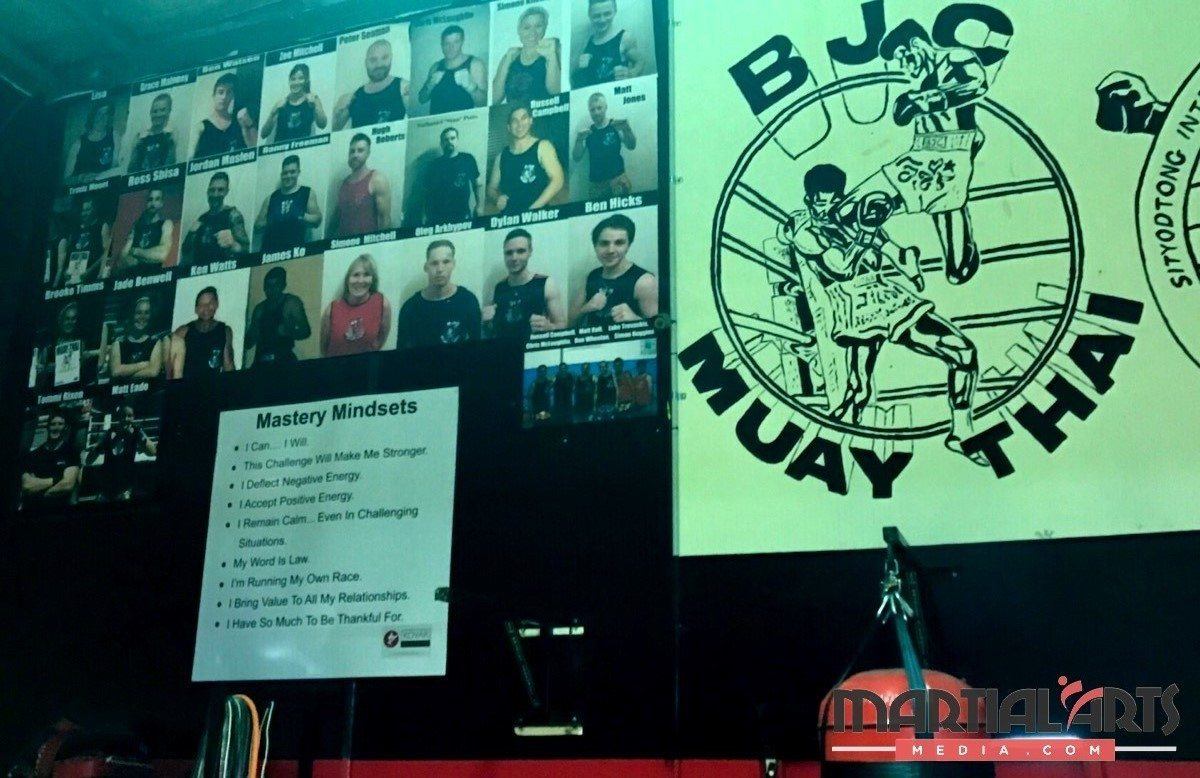 MATT
MATT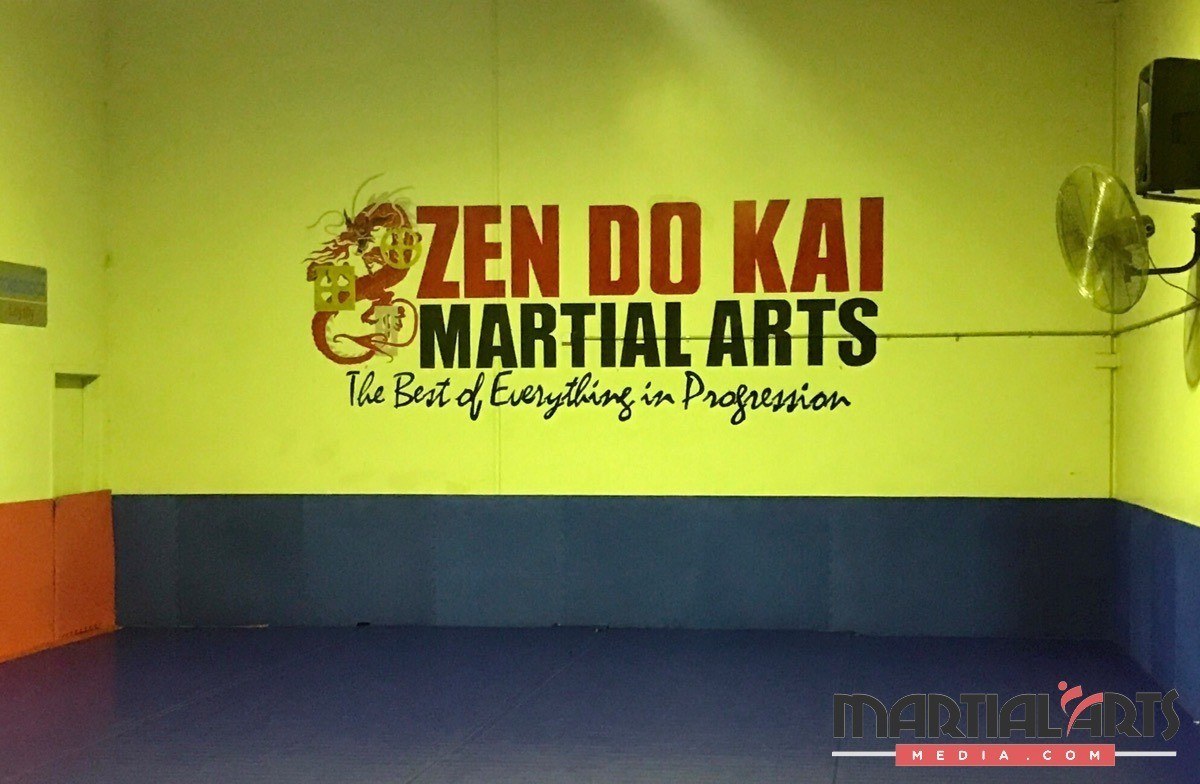 MATT
MATT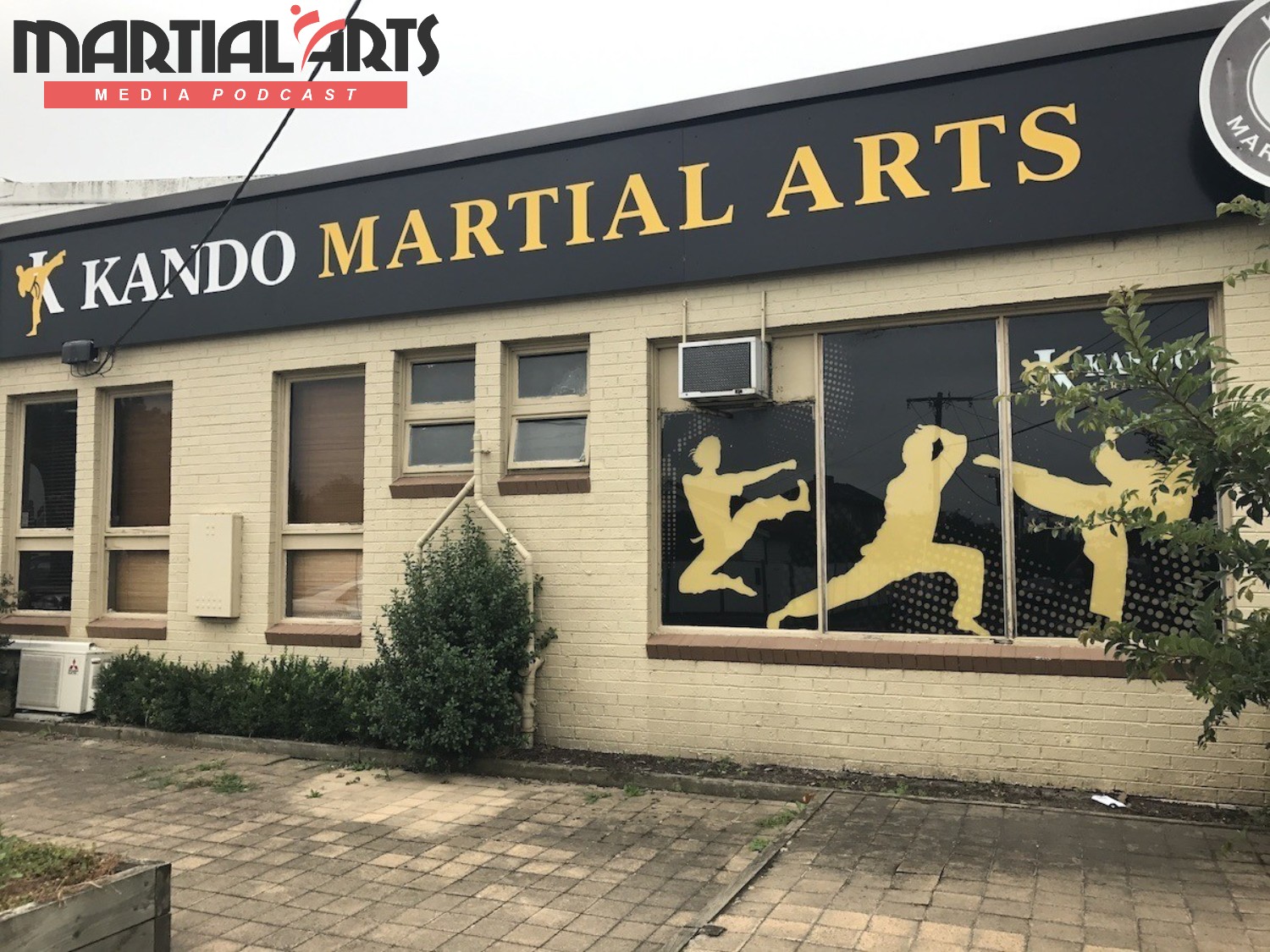
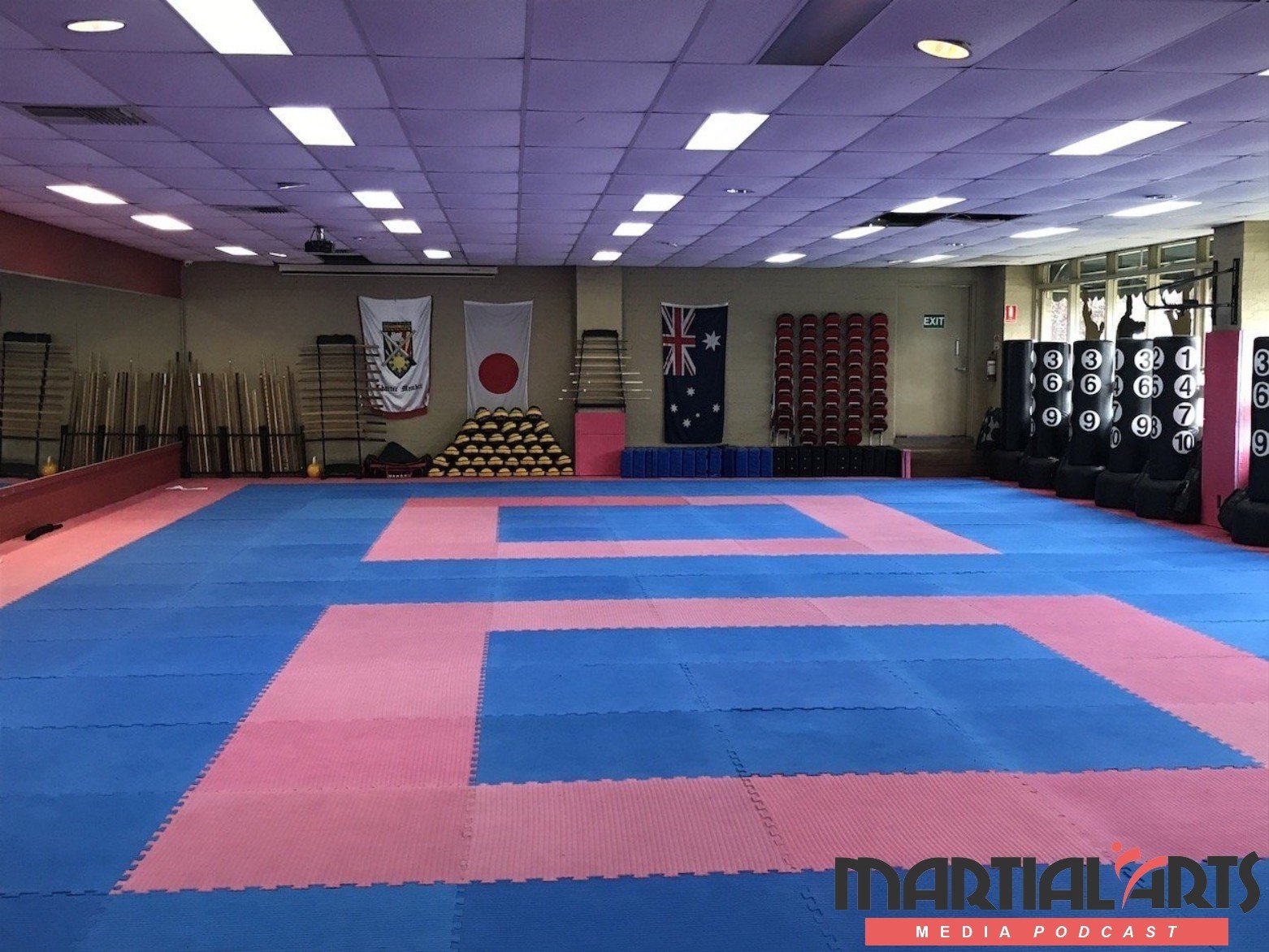
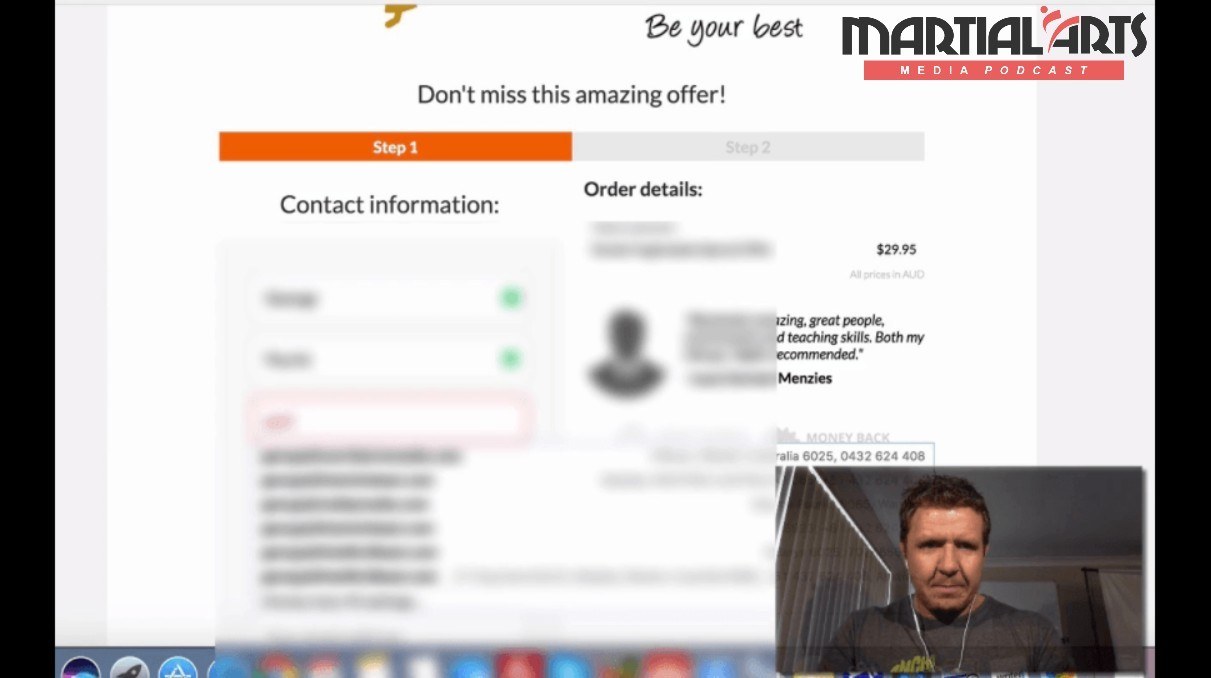
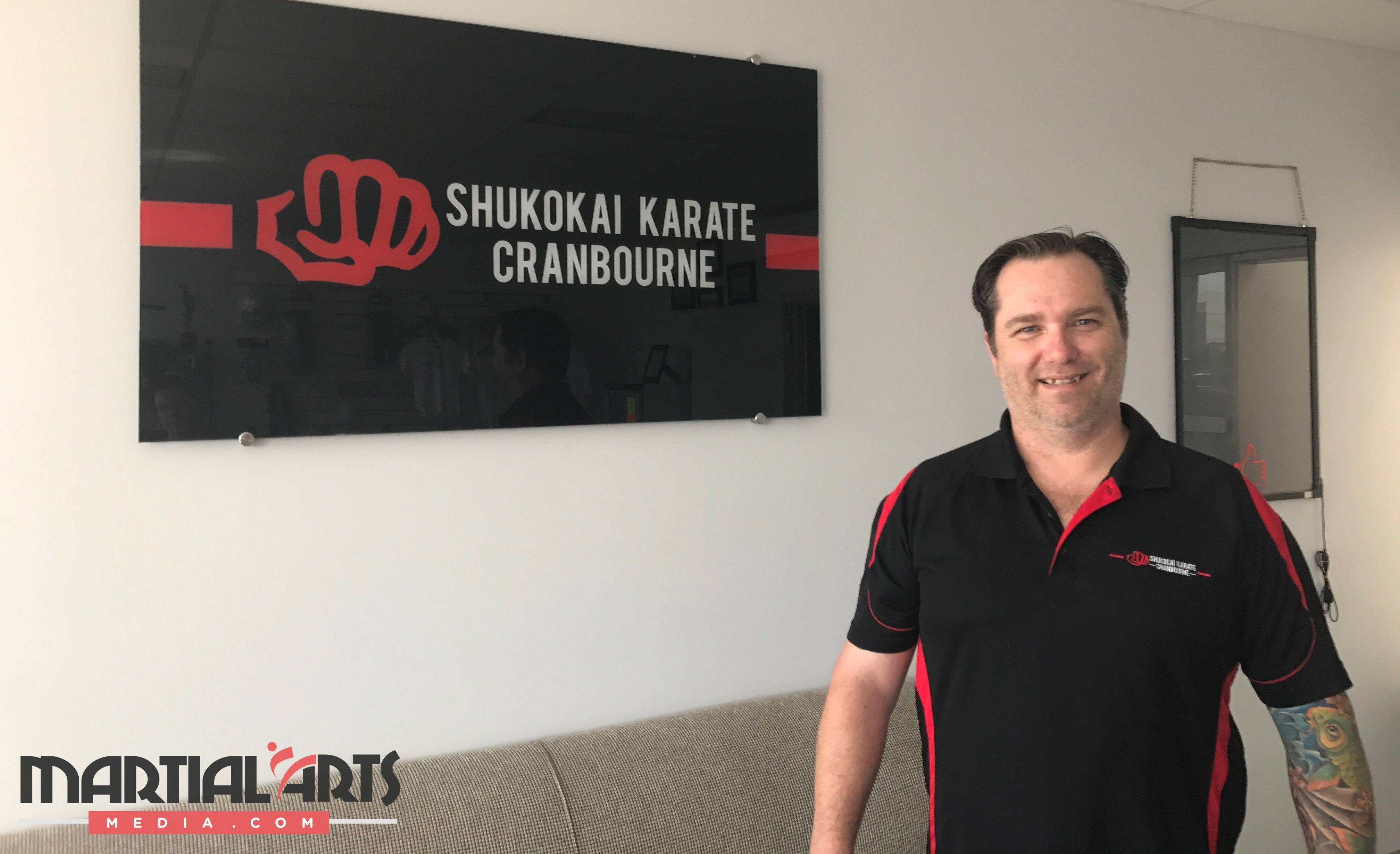 GEORGE
GEORGE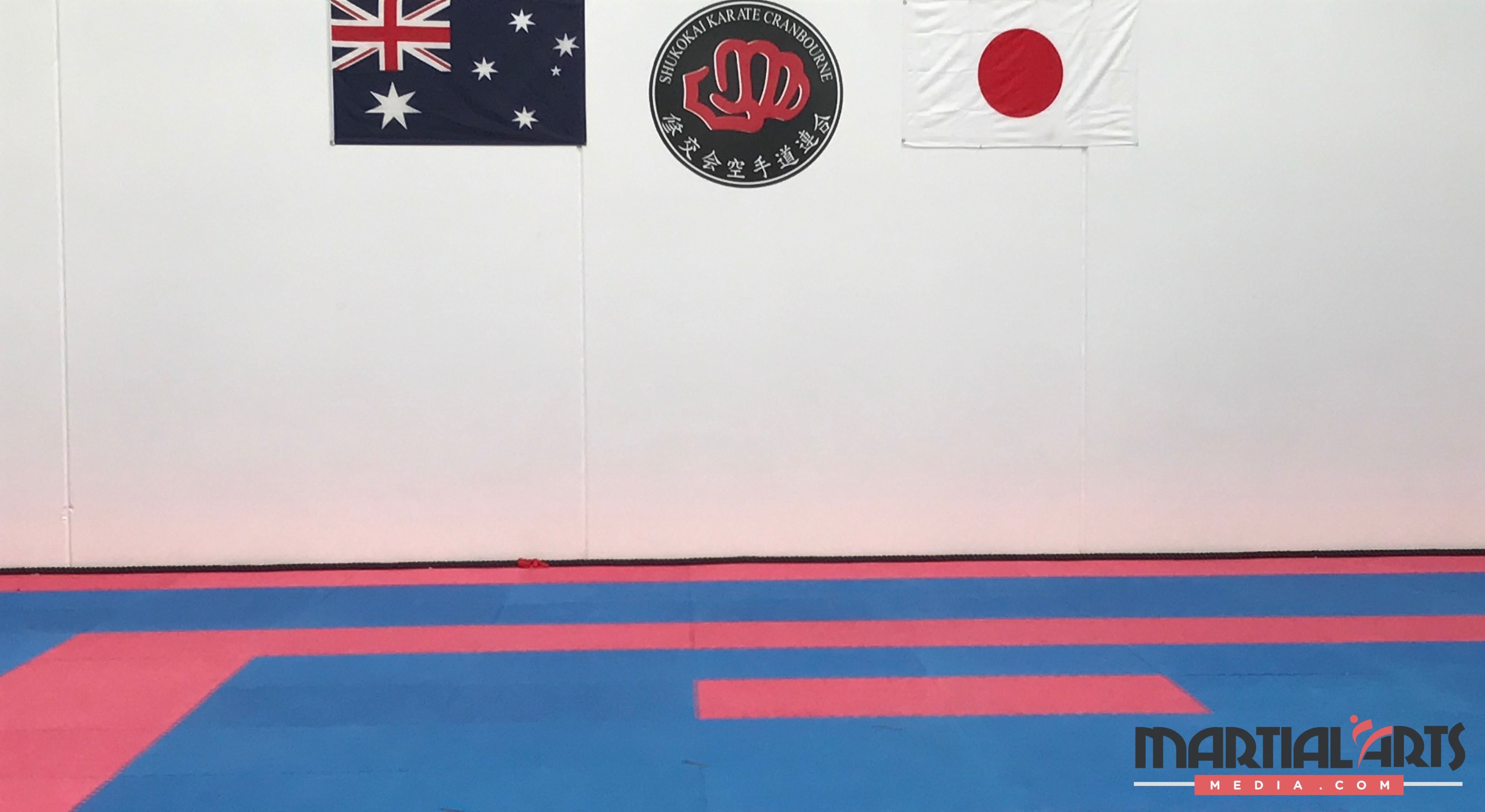 GEORGE
GEORGE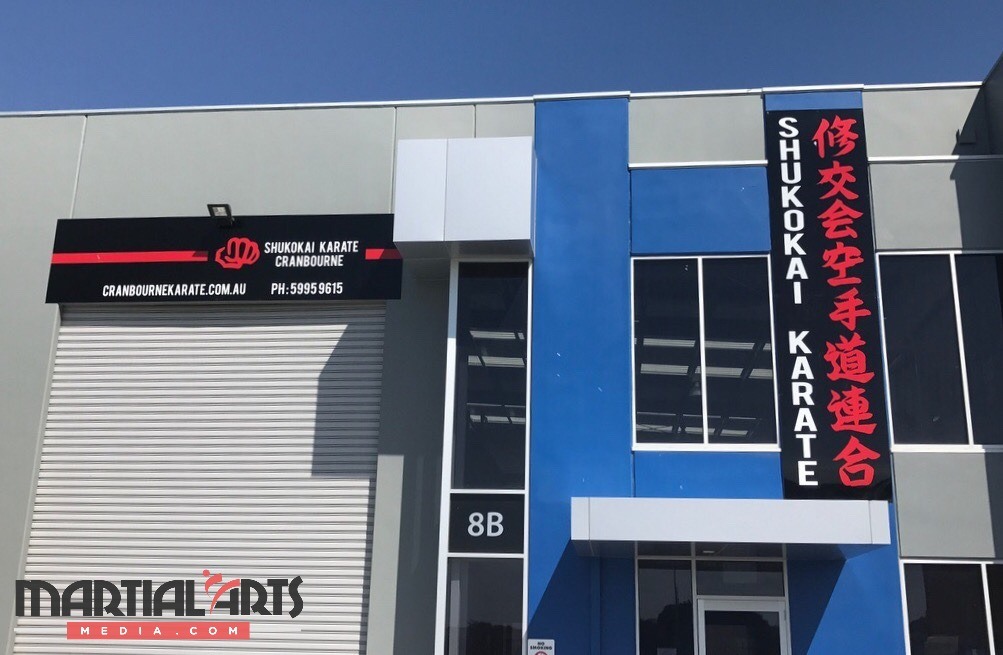 DARRYL
DARRYL
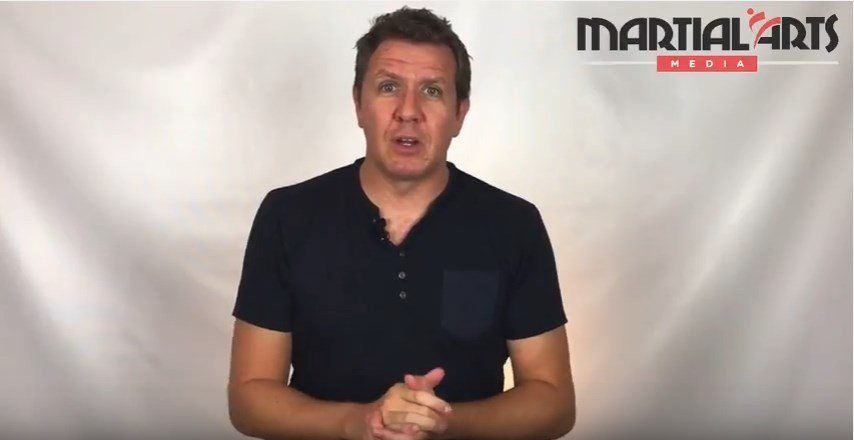
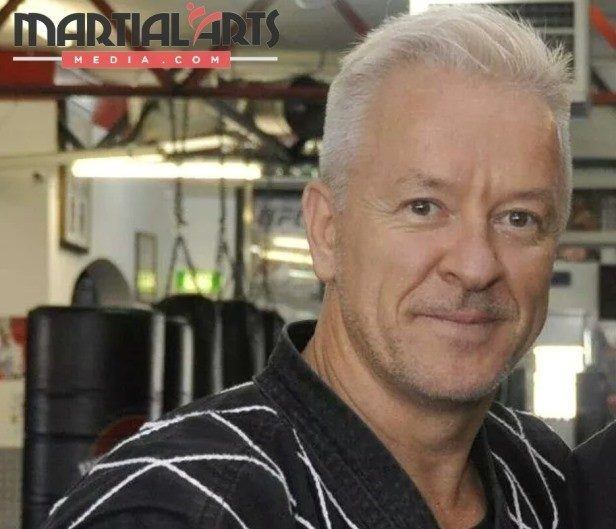

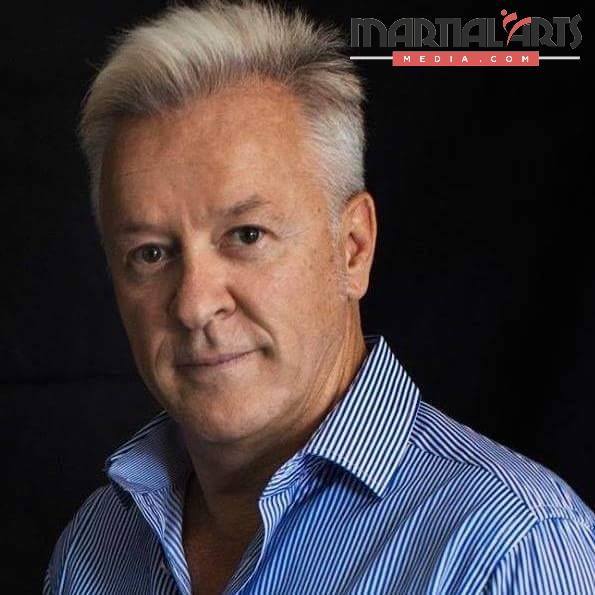 FARI:
FARI:

